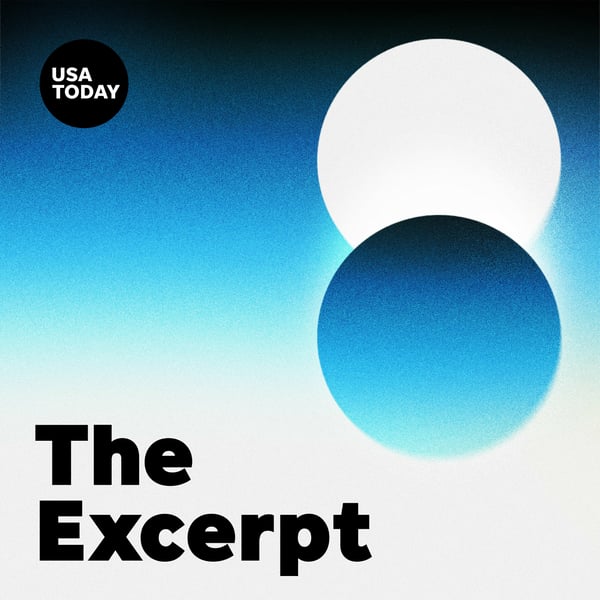SPECIAL | SkinnyTok is now banned. Its dangerous influence persists.
The Excerpt
USA TODAY
4.4 • 1.2K Ratings
🗓️ 16 July 2025
⏱️ 14 minutes
🧾️ Download transcript
Summary
Health and wellness trends can be found on every social platform. But what happens when the pursuit of a particular body type morphs into harmful content and risky, or even life-threatening, behavior? Across social media platforms like TikTok and Instagram, it’s easy to find content from creators who push excessive weight loss goals and promote an unhealthy obsession with eating only certain types of foods. What previously trended as thinspo, short for thin inspiration, gave way to SkinnyTok. This June, TikTok banned the SkinnyTok hashtag, but social media giants are still struggling to keep up with the pervasiveness of unsafe weight loss content. USA TODAY Wellness Reporter Alyssa Goldberg joins The Excerpt to discuss the persistent trend of potentially dangerous body image mythology on social media.
Please let us know what you think of this episode by sending an email to [email protected].
See Privacy Policy at https://art19.com/privacy and California Privacy Notice at https://art19.com/privacy#do-not-sell-my-info.
Transcript
Click on a timestamp to play from that location
| 0:00.0 | Hello, I'm Dana Taylor, and this is a special episode of USA Today's The Excerpt. |
| 0:17.4 | Health and wellness trends can be found on every social platform, but what happens when the pursuit of a particular body type morphs into harmful content and risky or even life-threatening behavior? |
| 0:29.6 | Across social media platforms like TikTok and Instagram, it's easy to find content from creators who push excessive weight loss goals and promote an unhealthy obsession with eating only certain types of foods. |
| 0:42.4 | What previously trended as Thinspo, short for Thin Inspiration, gave way to Skinny Talk. |
| 0:48.5 | This June TikTok banned the Skinny Talk hashtag, but social media giants are still struggling to keep up with the |
| 0:54.9 | pervasiveness of unsafe weight loss content. Here to discuss the persistent trend of potentially |
| 1:01.1 | dangerous body image mythology on social media is USA Today Wellness Reporter, Alyssa Goldberg. |
| 1:08.4 | Alyssa, thank you for joining me. Hi, thank you so much for having me. |
| 1:11.9 | I'm excited to dive into this issue with you. |
| 1:14.4 | Can you draw the line for us between aspirational wellness and desire to look and feel healthy |
| 1:19.6 | and outright disordered behavior? |
| 1:22.3 | So there's nothing wrong with wanting to look and feel healthy. |
| 1:25.5 | I think for most of us, that's a very normal aspiration |
| 1:28.2 | to have. We're thinking of ways that we can feel our best and maybe look our best, regardless |
| 1:33.8 | of what that means to each individual person. When disordered eating creeps in or just body |
| 1:39.0 | dysmorphia, is more so characterized by an obsession with maybe what you're eating, what you look like. |
| 1:45.8 | And right now we also have trends with biohacking where people are just trying to do whatever |
| 1:50.2 | it takes to be the quote unquote best possible version of themselves. |
| 1:54.1 | But when that becomes an obsession, if it keeps you from regular activities like going out |
| 1:59.2 | to eat with your friends or if you're missing out |
| 2:01.2 | on social interactions to spend more time in the gym or maybe making big expensive purchases |
| 2:07.3 | to follow a wellness trend. That's where maybe it starts to teeter into the disordered realm of |
... |
Please login to see the full transcript.
Disclaimer: The podcast and artwork embedded on this page are from USA TODAY, and are the property of its owner and not affiliated with or endorsed by Tapesearch.
Generated transcripts are the property of USA TODAY and are distributed freely under the Fair Use doctrine. Transcripts generated by Tapesearch are not guaranteed to be accurate.
Copyright © Tapesearch 2025.

